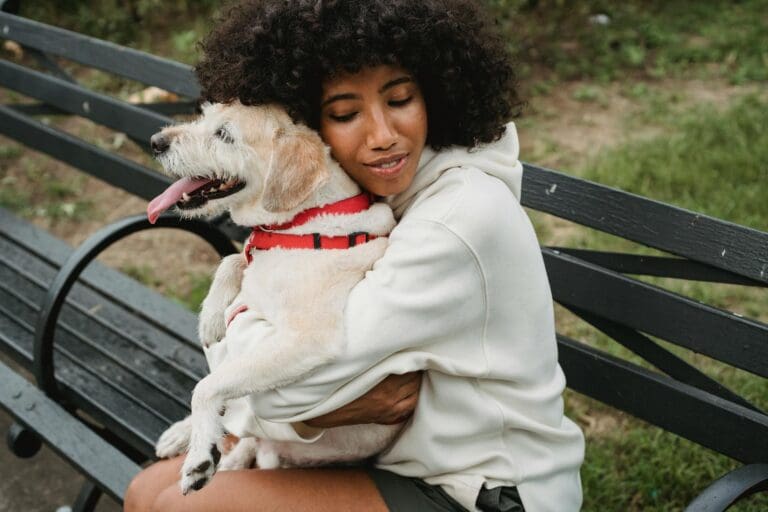The symptoms of an unhappy dog can manifest in several ways. Unlike humans, our pets can’t communicate their feelings easily. Be on the lookout for these 10 warning signs that your dog is unhappy, ill, or injured.
10. No Interest in Play, Exercise, or Toys

If your dog’s energy seems low and they don’t want to go for walks, play with their toys, or play with other dogs – it’s a sign they’re unhappy or unwell. Some dogs aren’t naturally energetic. However, if you note changes in what’s normal for your dog, it’s a sign they could be feeling depressed or having pain. See a vet.
9. Constant Pacing
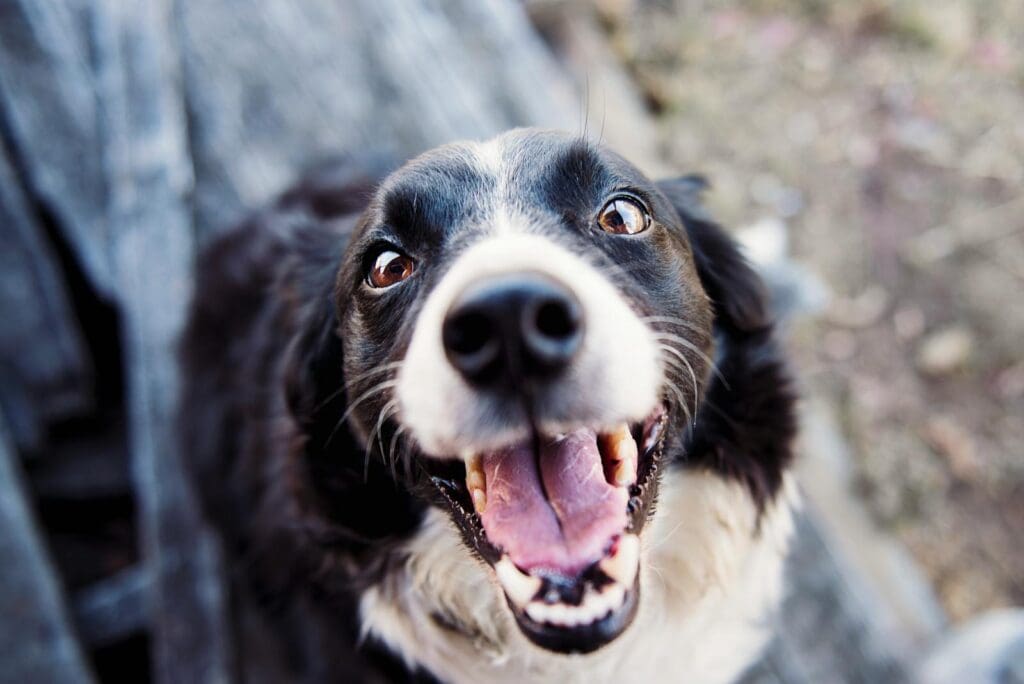
Similar to humans, dogs that become depressed or anxious may pace around their environment. It’s often a clear sign they are bored or unhappy. If your dog spends most of his time indoors, it could be that they want more outdoor time. If you are away, consider hiring a dog walker to help your dog get more exercise. If this doesn’t help, consult a vet.
8. Avoidance, Cowering, or Hiding

If your dog hides or cowers, without an obvious stimulus (like firecrackers), it may be a sign of unhappiness or depression. Dogs sometimes hide to cope with a low mood or feeling unwell. If your dog avoids you or avoids eye contact, they might be communicating sickness or injury. Frequent squinting is a sign of depression or illness.
7. Excessive Vocalization or Barking

If your dog is barking excessively, it could be a sign that your dog is bored, unhappy, or unhealthy. The same applies to other excessive vocalizations such as whining, growling, or whimpering. All are indicators that your dog may be displeased in some way, whether it is annoyance, anger, anxiety, or fright.
6. Shedding
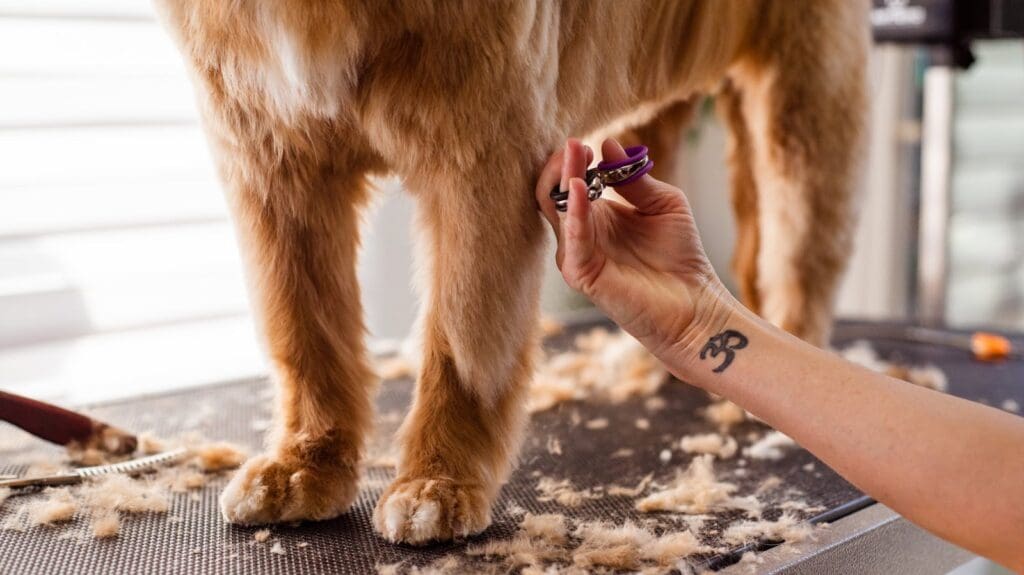
Long-term anxiety can result in issues with a dog’s skin and fur. Just as humans can experience hair loss with stress, the same is true for nervous dogs. Stress that causes dogs to shed isn’t a response to sudden stresses, such as loud noises. Rather, stress-related shedding is situational or environmental, whether it be adjusting to a move or the presence of a new pet.
5. A Change of Appetite, Losing or Gaining Weight

A common indicator of an unhappy dog is little to no interest in food. Conversely, some unhappy dogs may choose to increase their appetite, looking for comfort in food. Whether it’s eating more or less than usual, both are signs of your dog’s state of mind. Look for weight gain or loss. Causes can be environmental stress or physical discomfort.
4. Destructive Behavior
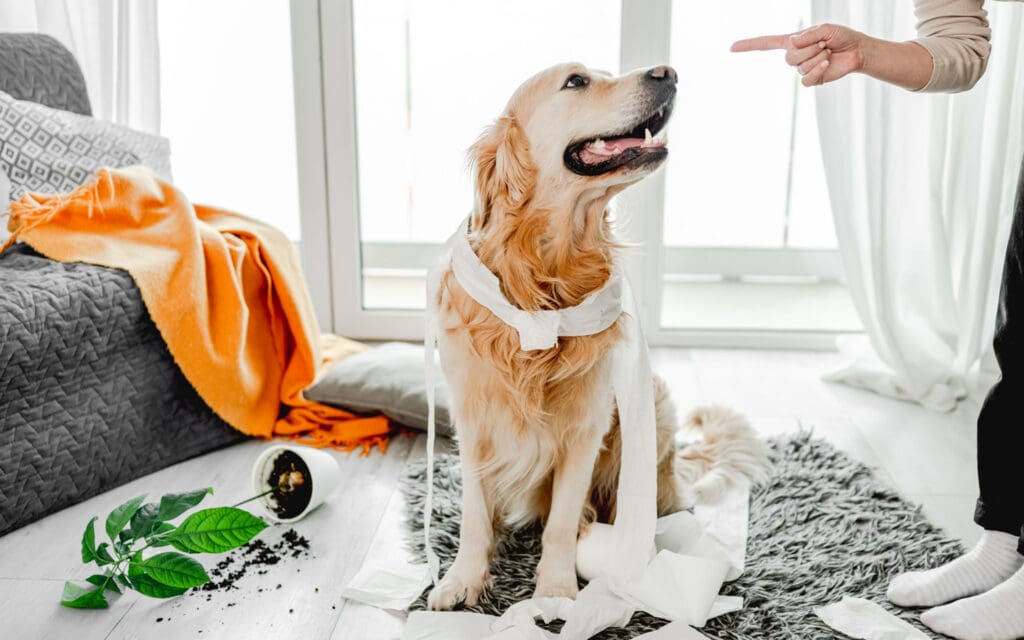
Along with pacing, destructive behavior is another sign of emotional issues that are often linked to boredom and depression. The immediate fix is to try increasing your dog’s level of exercise and mental stimulation. The destructive behavior should stop if their mood improves. If not, you may want to visit a veterinarian for help.
3. Too Much or Too Little Sleep

Dogs sleep more than humans, averaging 12 hours a day. If your dog is sleeping more than usual, it can be assigned they’re unhappy. Likewise, if your dog is having trouble sleeping, it’s a telltale sign that your they’re unwell. Insomnia can also be caused by physical pain, so try to look for or rule out an injury.
2. Licking or Chewing on Themselves
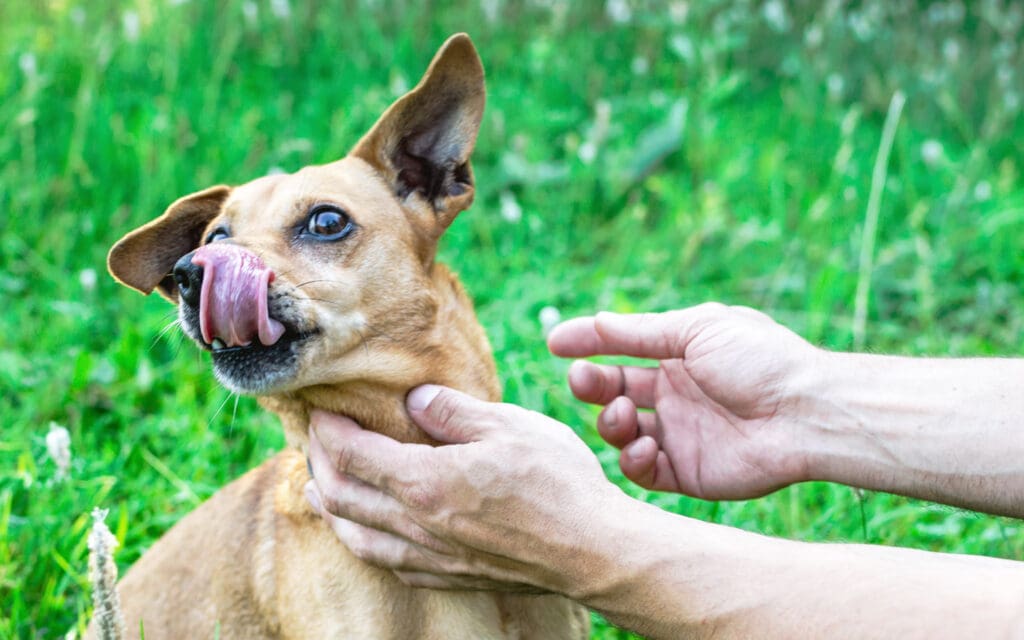
Excessive licking may be a sign of loneliness. It’s an instinctive behavior for dogs to lick. It releases endorphins. Licking is a way dogs can soothe themselves when they’re feeling blue. The same applies to excessive chewing. You’ll want to examine your dog’s fur and skin to rule out the presence of any bugs, bites, or skin conditions.
1. They Become More Aggressive
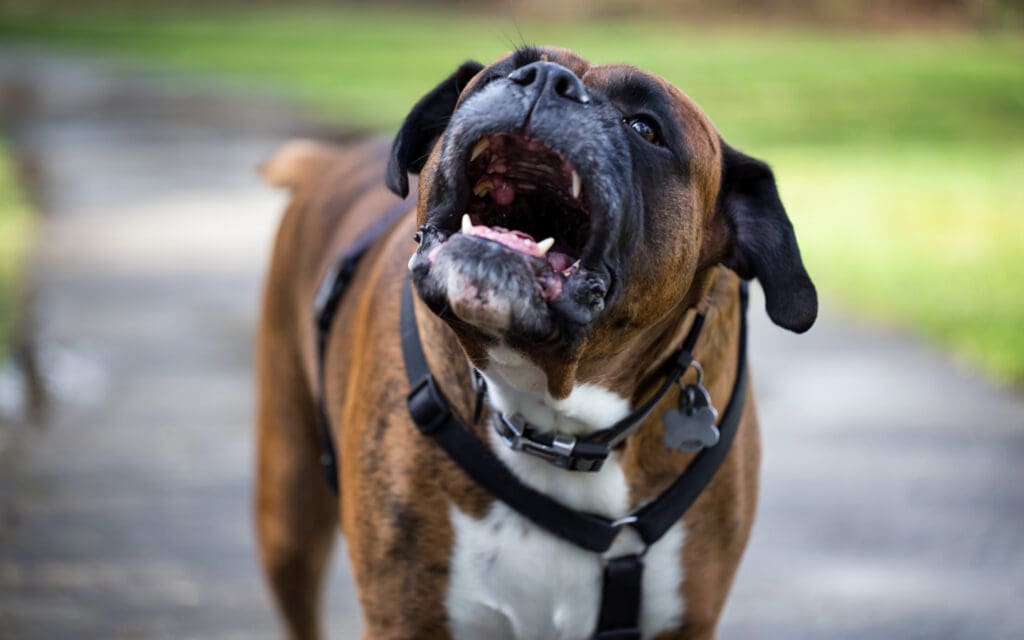
Aggression in dogs can be indicative of many issues. However, the root of a dog’s aggression can sometimes be depression. A dog that is normally happy or calm but unpredictably barks, growls, snaps, or lunges at anything that comes near them – is a clear sign there’s a problem. It could be as simple as the dog is unhappy.


